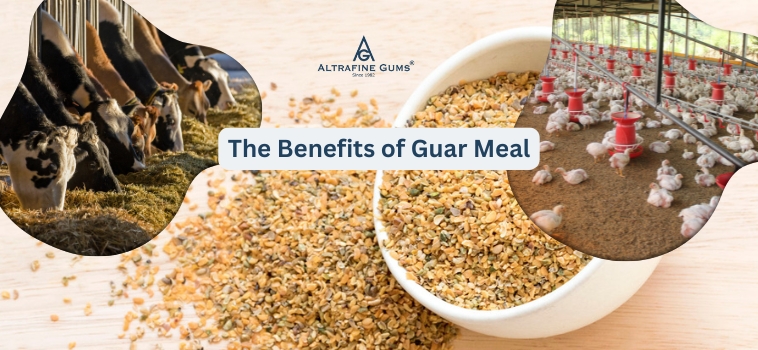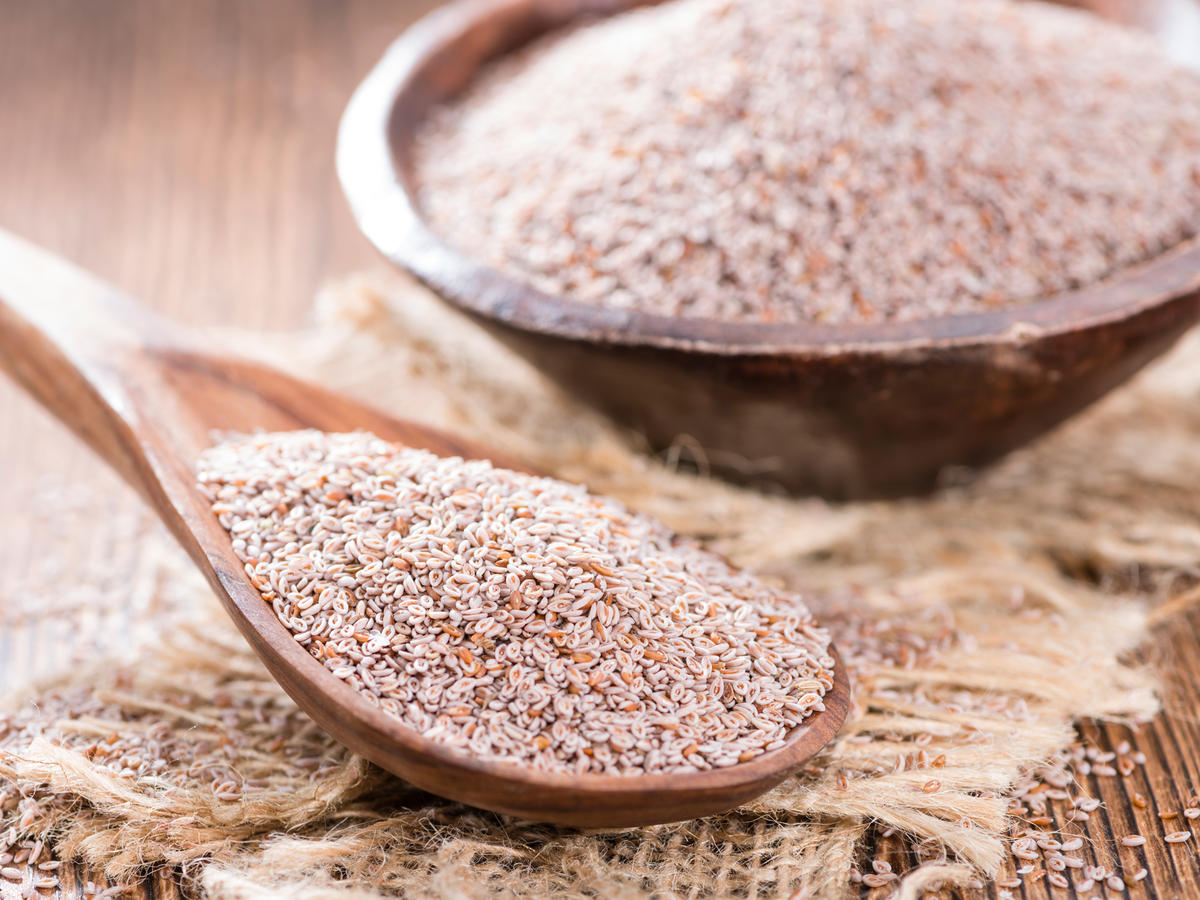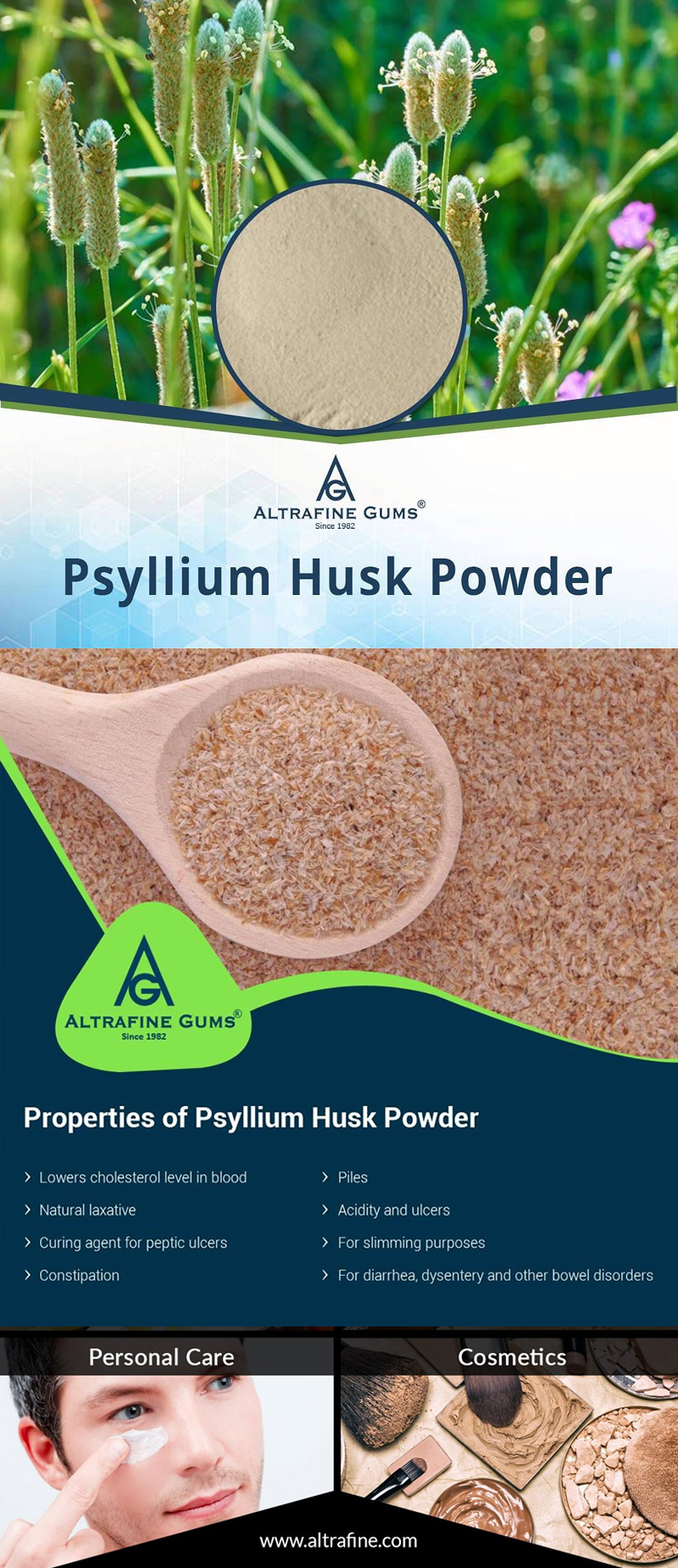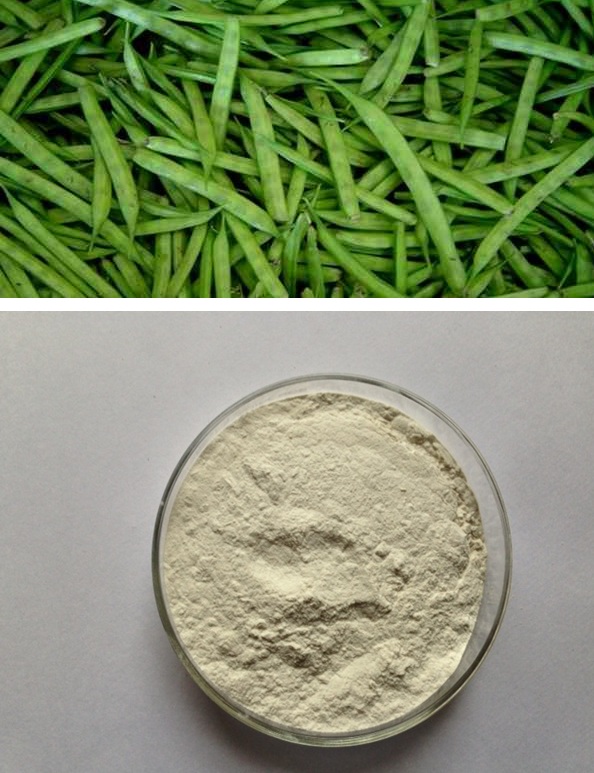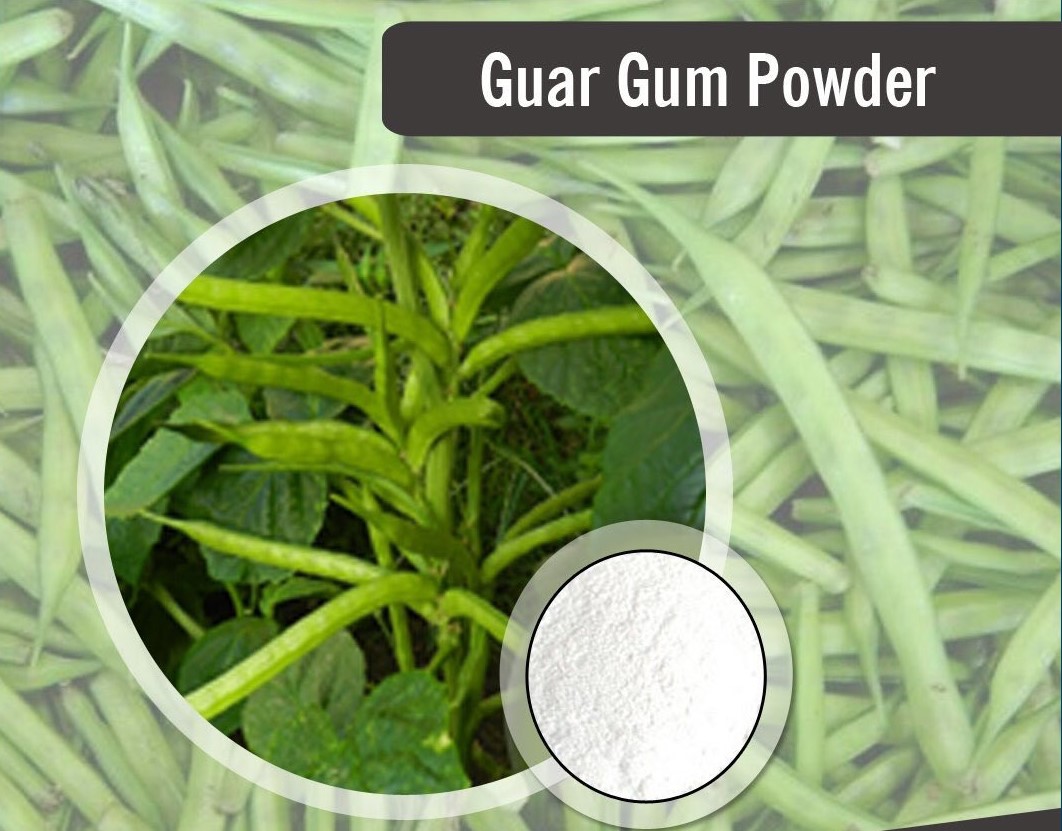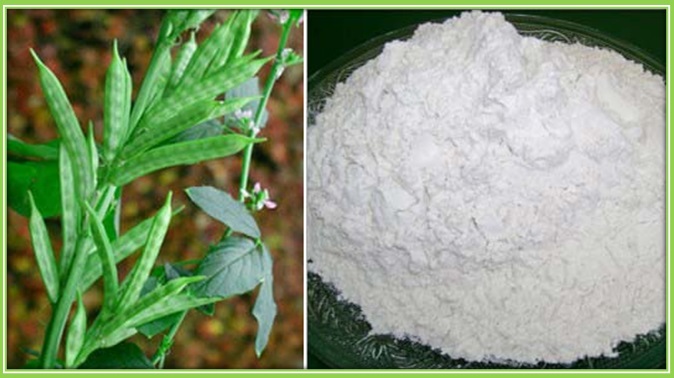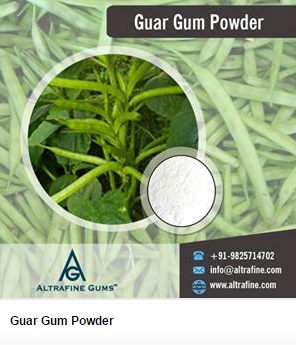In the international market, guar meal is the most widely used source of protein. This feed is perfect for all kinds of cattle and animals. It is made from a legume plant. Adding molasses to a guar meal improves the flavour and makes it more appealing to consumers. The husk is also edible and is used for cooking. Unlike corn, guar meal is rich in nutrients and is suitable for all types of animals.
How Guar Meal is Obtained?
A Guar meal is a by-product of the processing of guar pods. It is obtained from dried guar pods. After harvesting, the husks and seeds are cleaned. Then, the raw seed protein of the guar beans is separated mechanically. The resultant guar meal contains a high-protein, content for animal food.
About Guar Meal
Guar meal is free from contamination caused by Cottonseed Meal. Its high protein content is comparable to that of corn gluten meal. Its low-carbohydrate content makes it suitable for poultry and aquaculture. This grain is commonly used as a feed ingredient and is used to make compound feed. It can also be utilized as a binder for feed compounds. This meal has a wide range of uses. Among these, it is ideal for livestock and poultry.
Guar meal is rich in protein and is often used as a substitute for soya beans meal. It also helps to balance cholesterol levels and blood sugar. Since it is GMO-free, it is considered safe for consumption. It is not uncommon for farmers to supplement their diets with guar meals. It also contains a variety of other benefits that are helpful for a healthy life. It is recommended to use guar meal with other sources of proteins and fiber.
Benefits of Guar Meal
As a source of protein, guar meal is rich in cysteine, glycine, and lysine. Compared to soybean meal, guar meal is similar to fish meal. Besides, it is free from pesticides. It is also free from gluten and is highly digestible. It contains all the good qualities of a legume and is an excellent replacement for meat and dairy products. If you’re looking for a vegetarian diet, you’ll be happy to know that guar is one of the healthiest sources of protein.
Although guar meal is a rich protein source, it is also affordable and can be a great alternative for those who are concerned about the health, and safety of their animals. Guar meal is a natural food source, so its use in animal feeds is not limited to humans. This food has a similar odour to soybean meal, but it is higher in protein content. As a result, it is very nutritious and has many nutritional benefits.
It contains amino acids and contains no harmful effects, and it can replace soya bean meals. It is ideal for people who are looking for a vegetarian diet because it is high in protein. The fibre from guar meal is beneficial for the body. The protein in guar meal is highly digestible and can be mixed with goat feed or incorporated into goat concentrate. If you’re looking for natural food, a guar meal is a good choice.
In terms of nutrition, guar meal is rich in proteins and carbohydrates. It is a good source of fibre and carbohydrates. It is an excellent feed for poultry, as it is high in proteins and fats. Its high protein content makes it a highly nutritious food. As a by-product, guar meal is a valuable by-product of guar gum production. It’s used as a staple for livestock and fisheries in India.
When processed, guar meal is a healthy and balanced source of protein. It is the endosperm of the guar seed and is considered a by-product of the processing of guar seed. It contains a high percentage of protein and is safe for animals. It is an important component in chicken feed. Its protein content is an excellent supplement for chickens. If you’re looking for a nutritious and complete feed, guar meal is an excellent choice.
In Conclusion to Guar Meal
Guar meal is a valuable bi-meal for poultry and cattle. It enhances the digestibility and palatability of chickens and other animals. When combined with other nutrients, guar meal improves the health of cattle and poultry. In addition, guar meal also contains mannogalactan and other proteins, making it a valuable feed for goats.

CEO, Altrafine Gums
With over Four decades of expertise in the natural gums and hydrocolloids industry, Ajit Patel leads Altrafine Gums, a globally recognized manufacturer and exporter of Guar Gum Powder, Cassia Tora Powder (Cassia Gum Powder) and other Hydrocolloids. Under his visionary leadership, the company has built a strong reputation for quality, innovation, and reliability across the food, feed, pet feed, pharmaceutical, mining, oil drilling and cosmetic sectors.
Altrafine Gums has been serving global industries for decades with a focus on sustainable sourcing, research-driven production, and stringent quality control. Its wide product portfolio includes Guar Gum Powder, Cassia Tora Powder (Cassia Gum Powder) and other plant-based hydrocolloids that serve as key functional ingredients in diverse applications.
Ajit Patel’s commitment to excellence ensures that every product from Altrafine meets international standards of performance and purity. He is passionate about advancing the global reach of Indian hydrocolloids, fostering customer trust, and promoting eco-friendly, science-backed solutions that enhance product formulation and performance worldwide.

